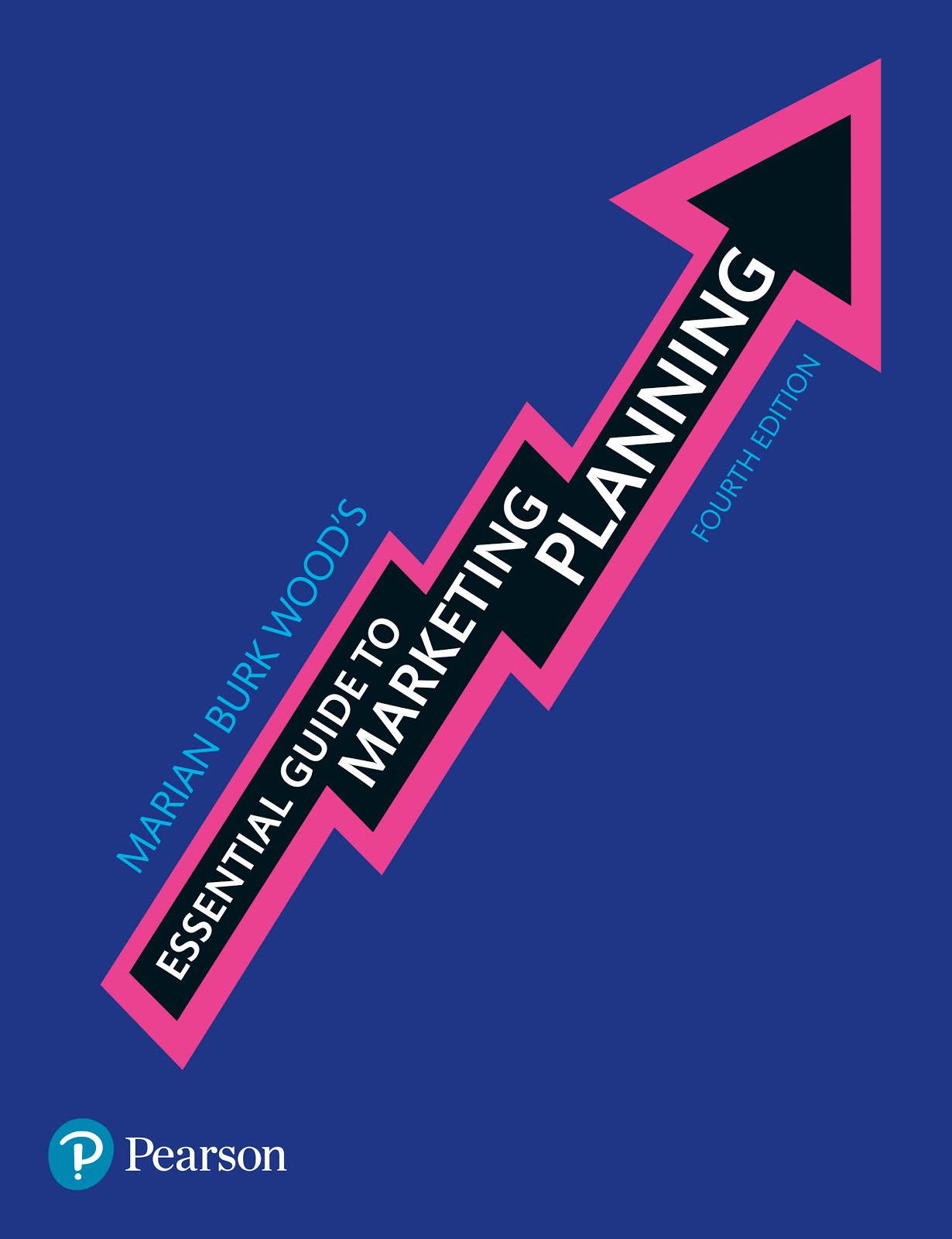 |
| HSBC Facebook: https://www.facebook.com/HSBCUK/ |
John Flint, the new CEO, aims to expand HSBC within the UK market and market mortgages more aggressively.
Technology investment is key to the bank's future growth strategy. Meanwhile, recently appointed group head of marketing Leanne Cutts is looking at HSBC's traditional roots for connections to the bank's marketing future.
As shown in the illustration from the bank's UK Facebook page, HSBC's traditional red-and-white logo is being reimagined for the digital age. 'Most of our transactions with customers are digital, so having something easily recognisable is incredibly powerful. It helps the customer to cut through the clutter', Cutts explains.
The same logo is shown on HSBC's YouTube channel at this time, as well as on its Twitter account. The bank uploads not only adverts to YouTube but also videos about how to use its mobile banking app and other topics of interest to bank customers. The bank has thousands of followers on Facebook, YouTube, Twitter and LinkedIn. HSBC is now reviewing agencies for its social media activities, which means changes as the bank positions its marketing to support future growth.






